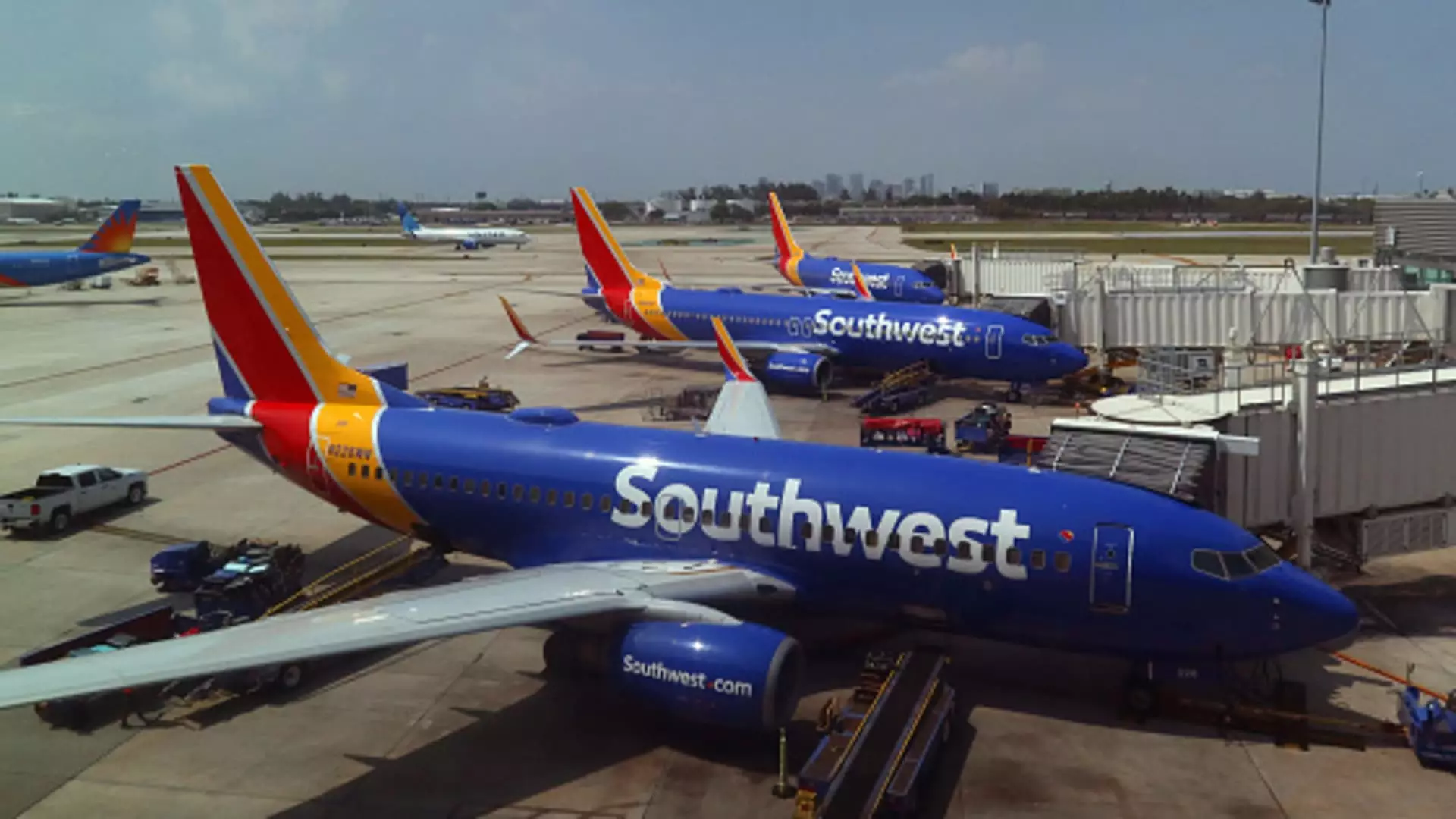Southwest Airlines recently announced a potential drop in unit revenue for the third quarter due to an oversupplied U.S. market. This has resulted in airlines having to discount tickets during what is typically the most lucrative period of the year. The company also forecasted an increase in nonfuel costs, which could rise as much as 13% through the end of 2024.
In the second quarter, Southwest’s revenue rose 4.5% from last year to $7.35 billion, setting a new record. However, the company’s profit decreased by over 46% to $367 million, or 58 cents per share. Revenue per available seat mile, which is used as a gauge of airline pricing power, fell by 3.8%, in line with the carrier’s reduced forecast from the previous month. The adjusted earnings per share of 58 cents were higher than analysts’ expectations.
CEO Bob Jordan acknowledged that the company’s second-quarter performance was impacted by external and internal factors, falling short of their goals. Southwest is currently in talks for compensation from Boeing, their sole supplier of airplanes, as the company struggles to deliver aircraft on time due to safety and manufacturing issues. Southwest is also facing pressure from investors, with Elliott Investment Management disclosing a nearly $2 billion stake in the carrier, calling for a leadership change.
To address revenue challenges, Southwest announced significant changes to its business model. The airline will be eliminating its open seating plan and offering some seats on Boeing aircraft with extra legroom. Additionally, Southwest will be adding overnight flights, marking the biggest changes in its more than five decades of operation. These changes are aimed at aligning Southwest more closely with its network carrier rivals.
Looking ahead, Southwest remains committed to implementing urgent and deliberate steps to overcome near-term revenue challenges. The company is also working on longer-term transformational initiatives to drive top and bottom-line growth. Delta Air Lines and United Airlines executives have indicated that they expect U.S. capacity to moderate in August, potentially leading to higher fares in the future.
Southwest Airlines is facing several challenges in the current market, including a potential drop in unit revenue and increased nonfuel costs. The company is actively working on addressing these challenges by making significant changes to its business model and seeking compensation from suppliers. Despite the obstacles, Southwest remains focused on increasing revenue and driving growth in the long term.

